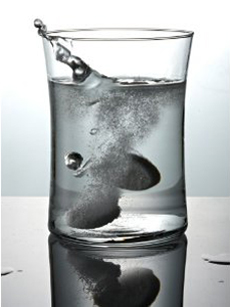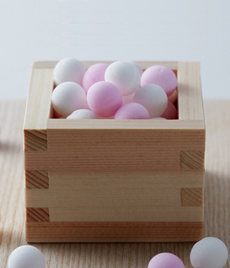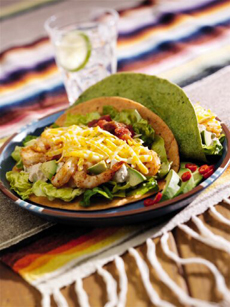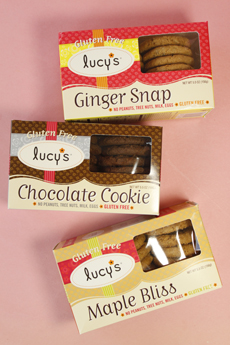
Blowfish hangover relief. All photography
courtesy Rally Labs. |
|
Some of us are old enough to remember the Alka-Seltzer jingle: “Plop plop, fizz fizz, oh what a relief it is!” Everyone else can watch the old T.V. commercial online.
As a wee child we wasted many of our grandparents’ Alka-Seltzer tablets, just because we liked to watch them dissolve into bubbly effervescence. Drink them? Yuck!
Alka-Seltzer has many variations—Cold & Cough, Extra Strength, Flu, Gold, Heartburn, Lemon Lime, Night, Sinus and so forth. But for some reason, there’s no Hangover version.
Now, there’s no need. There’s a new relief aid in town, specifically designed to treat hangovers: Blowfish Hangover Relief. Upon waking from an evening of over-indulging, dissolve two tablets in 10 ounces of water and drink. It tastes like diet lemon Crystal Light.
And it works, according to THE NIBBLE’s favorite party animal, our product tester and head of I.T. |








